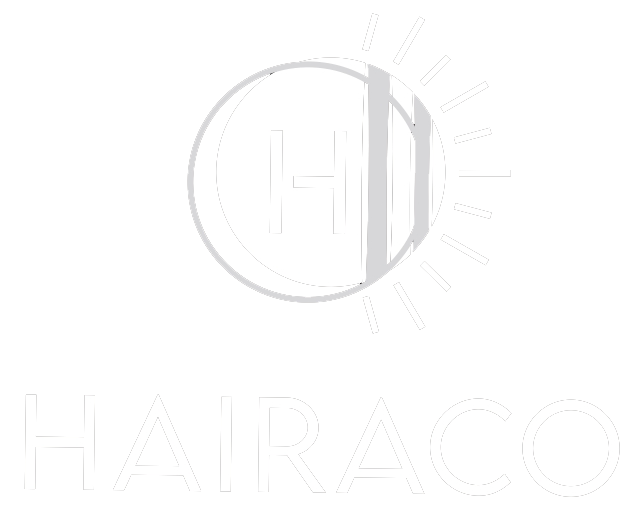Hair coloring has evolved into a sophisticated art form, with a plethora of techniques designed to achieve a wide range of beautiful and unique looks. Central to the success of these techniques is the type of tools used, particularly the hair coloring board. The shape of the hair coloring board can significantly impact the ease and precision with which a stylist can apply color. Understanding how to choose the right hair coloring board shape for various techniques can enhance your coloring experience and ensure extraordinary results.
The Importance of Hair Coloring Boards
Hair coloring boards provide a stable base for applying color, helping to achieve precision and control. They protect the scalp and surrounding hair, make it easier to apply color accurately, and ensure even saturation. Using the right shape of the board for specific techniques can enhance the quality of the application and create the desired effect more efficiently.
Differentiating Between Hair Coloring Board Shapes
Hair coloring boards come in various shapes to suit different techniques and hair types. Here are some common shapes and how they can be used effectively:
Rectangular Boards
Rectangular boards are the most versatile and commonly used shape. They provide a large surface area, making them ideal for techniques that require broad strokes or working with long sections of hair, such as:
- Balayage: This free-hand technique involves painting color directly onto the hair, often in long, sweeping motions. The rectangular board’s ample surface area allows for broad, even strokes, making it easier to create the natural, sun-kissed look that balayage is known for.
- All-Over Color: When applying a single color to all of the hair, a rectangular board offers a consistent and supportive surface, helping to achieve even saturation from root to tip.
Tapered Boards
Tapered boards, which are narrower at the bottom and wider at the top, are perfect for techniques that require more precision and touch-ups. They are particularly useful for creating subtle transitions and detailed work such as:
- Highlights: For weaving in highlights, the tapered shape allows for high precision in applying color to specific strands, ensuring that each highlight is well-defined and perfectly placed.
- Root Touch-Ups: When addressing root growth, a tapered board can help focus the application of color to a specific area without affecting the surrounding hair, leading to a natural and seamless blend.
Curved Boards
Curved boards conform to the natural shape of the head, making them excellent for techniques that require close and even application. They are often used for:
- Ombré: This technique involves creating a gradient effect from dark at the roots to light at the tips. A curved board allows for smooth transitions that follow the natural contours of the hair, ensuring a flawless blend.
- Contouring: For color contouring, where specific areas of the hair are highlighted or darkened to enhance facial features, a curved board provides the control needed to apply color precisely where it’s needed.
Long and Narrow Boards
These boards are designed for precision in long, fine sections of hair. They are particularly useful for:
- Lowlighting: Adding darker tones to select strands requires careful placement. A longer, narrower board provides the needed support to apply color meticulously to individual sections, achieving a natural and detailed effect.
- Vivid Color Streaks: When applying bold, vivid streaks of color, these boards help to isolate the section and provide a steady surface, ensuring vibrant and clean lines.
Conclusion
Choosing the right hair coloring board shape can make a significant difference in the outcome of your hair coloring projects. Whether you’re aiming for the broad strokes of balayage, the precise highlights, or the smooth gradients of an ombré, understanding which board works best for each technique will not only simplify your process but also enhance the results. Invest in a variety of hair coloring boards, and experiment with different shapes to see which ones best suit your styling needs. By doing so, you’ll be well-equipped to create stunning, professional-quality hair color results.

